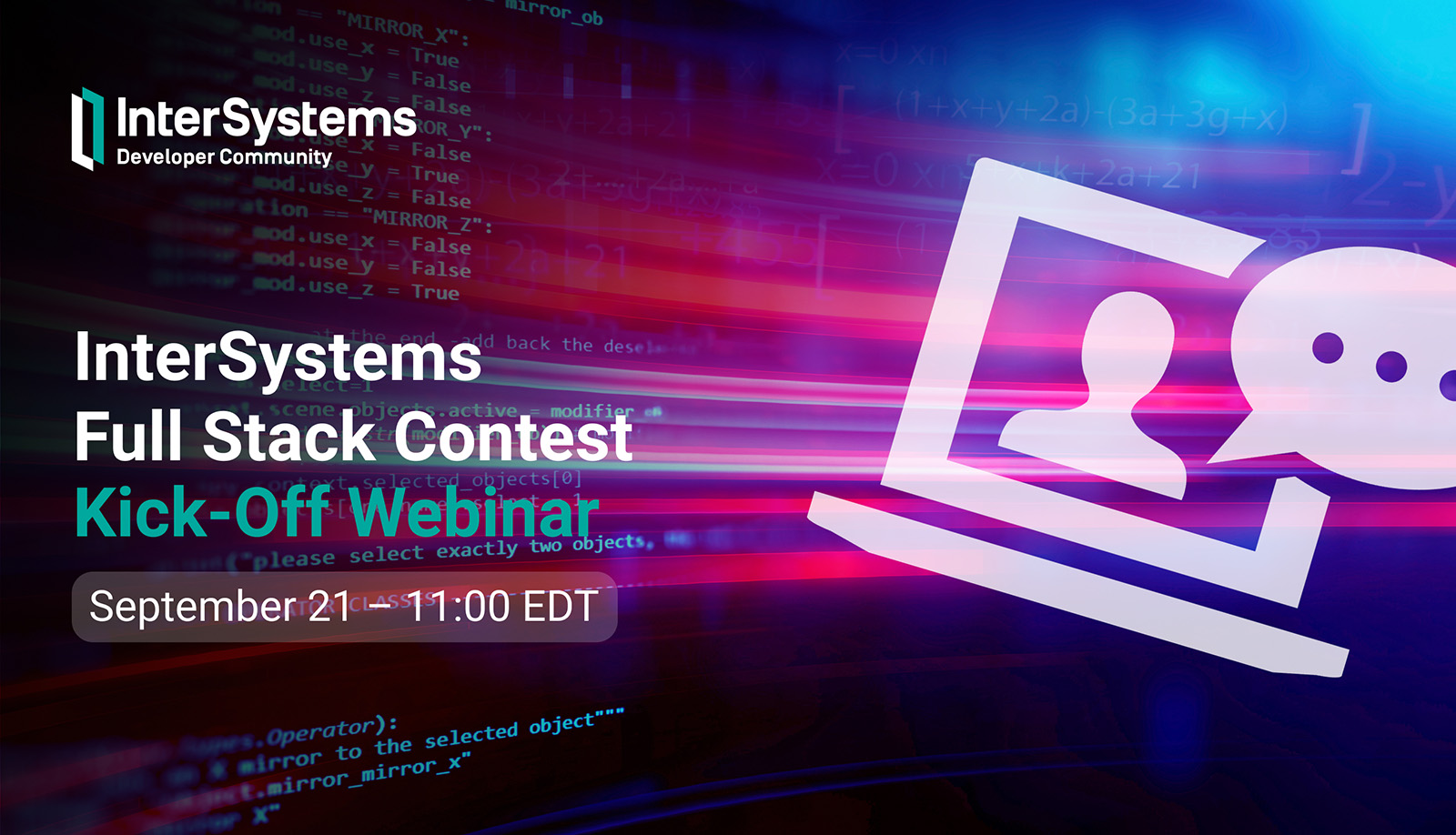I am using Intersystems Iris Community Edition. I have created a Rest Api to post HL7 message directly through postman. It is working fine, But I want to create the business service to read the HL7 message from Rest- Api. I tried to create this, but I am not understanding how to do that. Can anybody help me?


.png)


.png)